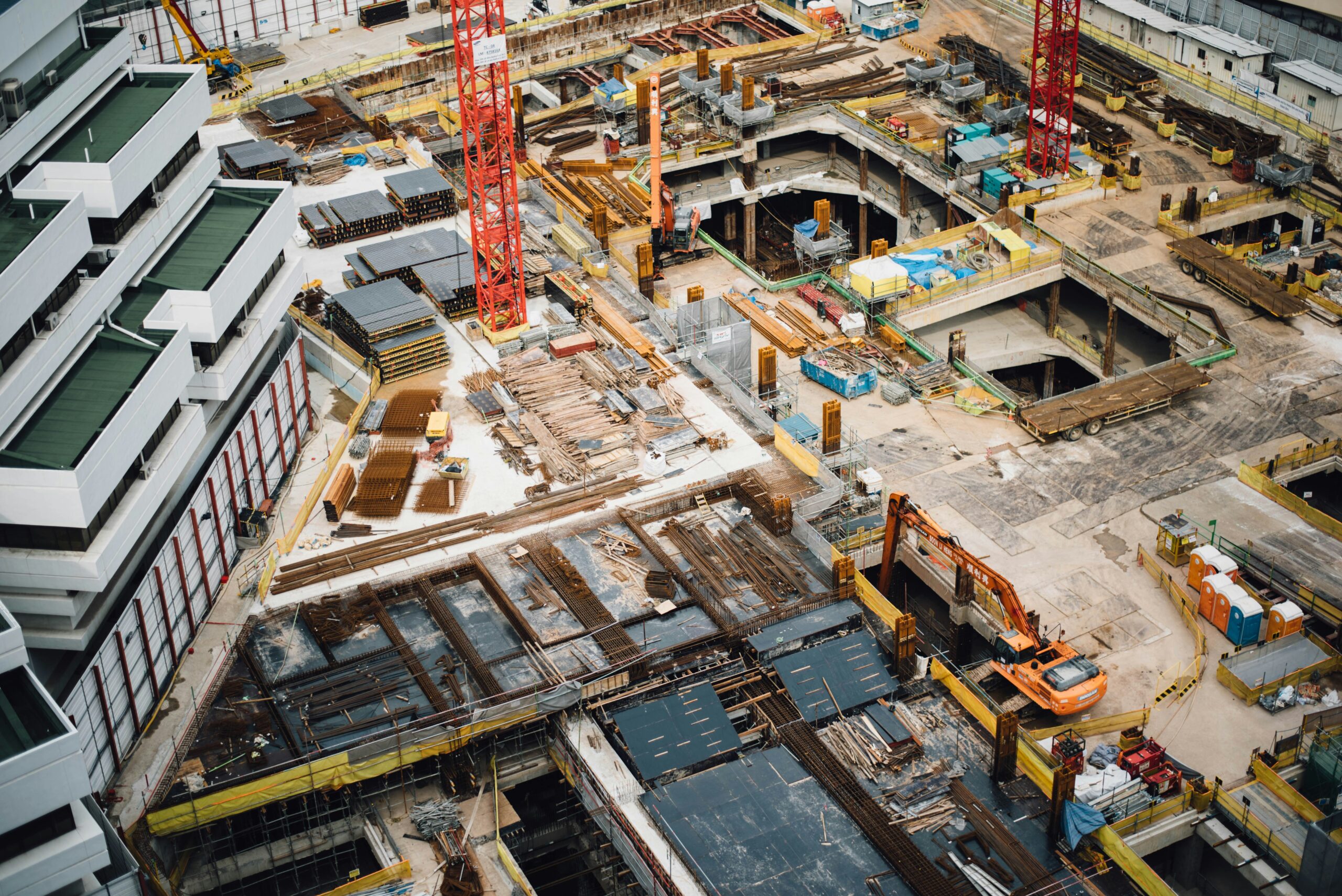People in every industry rely on construction crews to build lasting, reliable projects that fit their needs. Sustainable building is gaining importance as consumers become more eco-conscious and sustainable technology becomes widely accessible. Life cycle assessments (LCAs) are a vital tool construction professionals can use to meet that demand.
Here’s why assessing the environmental impact of building materials is the clearest path forward for sustainable construction. As more companies utilize LCAs, they’ll expand their consumer base and stand out from the competition.
What Is a Life Cycle Assessment?
A life cycle assessment evaluates how a construction site will impact the environment from conception to demolition. Even if decades fill the gap between those two events, every building influences the environment around it.
Construction teams complete LCAs for every material and tool necessary for a project’s completion. They include steps like assessing where a material comes from, if it uses natural resources, how it affects the Earth during transport to a construction site and what environmental impact it will have even when it becomes rubble.
Why Is It Important for Building Materials?
Even if a building stands for centuries, its materials affect the planet before, during and after its construction. Creating, shipping and working with materials has numerous adverse environmental effects, including air pollution, noise pollution, fuel consumption and carbon dioxide (CO2) emissions.
Changing just one material to a sustainable alternative reduces these effects for each site. Given how 95.71% of construction sites create environmental waste, each small change significantly reduces planetary pollution from the industry as a whole.
Do Consumers Want More Sustainable Construction?
A recent survey found that 78% of U.S. consumers prioritize a sustainable lifestyle. They make eco-conscious choices when purchasing goods, so their ecological footprint is also essential when working with companies.
It’s not just a trend in the U.S., either. Consumers are searching for sustainable construction alternatives in countries like the U.K., China, Italy and Germany. This demand represents a large segment of the industry, pushing construction leaders to use tools like life cycle assessments to meet that need.
Key Ways Life Cycle Assessments Make Construction Better
Any construction company can use life cycle assessments to make their work more eco-friendly. These are the primary ways evaluating and refining each team’s environmental impact results in more sustainable projects.
The Planning Phase Becomes More Environmentally Conscious
LCAs start with the first step of any project’s planning process. Management teams should evaluate which materials they’ll need to finish the job and investigate potential eco-friendly alternatives like self-healing concrete or reclaimed wood that use little to no natural resources during manufacturing.
Projects requiring heavy-load freight could also utilize significant amounts of fossil fuels to transport materials or equipment to each site. The life cycle assessment process would include project managers evaluating shipping strategies with heavy-load freight partners to reduce the transport weight and distance as much as possible to minimize fuel use.
Minimizing waste generation is another crucial part of any LCA. Project managers should put more effort into calculating exactly how much of each material is necessary for a site to avoid putting unused materials into landfills later. They can also commit to environmentally friendly sources of electricity for machinery and lights to prevent airborne waste generation at local power plants as crew members work.
Materials Can Withstand Weather Events More Easily
Sustainable construction materials prioritize the environment by avoiding natural resources as much as possible. They also consider the rising number of climate disasters to become more durable against increasingly frequent weather events.
Traditional roofing materials go on top of durable underlayments to protect a building even when intensified storms rip shingles away. Strong, self-repairing hempcrete could keep a building standing even during earthquakes. Each construction crew can use in-depth data collected during the research stage of a life cycle assessment to pick better-quality materials for sustainable sites that need to stand the test of time.
Sites Become More Marketable in the Long Term
Environmental policies in countries participating in the Organisation for Economic Co-Operation and Development (OECD) have increased over the last 20 years. As regulatory rules become more eco-conscious, buildings that passed LCAs will remain compliant longer than traditional construction sites.
Sustainable buildings maintaining regulatory compliance become more marketable. Consumers can comfortably purchase or rent structures knowing they will support their sustainable lifestyles and remain compliant with construction codes as the industry becomes more eco-friendly.
The demolition phase is another part of making a site sustainably marketable. If a building needs to come down, the rubble shouldn’t pollute the environment by remaining in a landfill forever while potentially leaking chemicals into the surrounding area. Eco-conscious materials would decompose into nonharmful substances over time, minimizing the long-term waste and impact of the structure.
Consumers See a More Transparent Process
Consumer trust makes any business more successful. People entrust construction companies with their well-being whether they use the finished sites for commercial or residential purposes. They can trust they’ll love the finished product if they meet with potential project managers who prioritize the environment through transparent LCA steps. It makes sustainably minded companies stand out from their competitors and do better financially in the long run.
Improve Every Project With Life Cycle Assessments
Life cycle assessments are vital for construction companies seeking eco-friendly alternatives to traditional building materials and processes. Evaluating materials, considering the environmental impact of construction steps and weighing the long-term effects of each project will make it more sustainable in an increasingly eco-conscious industry.










